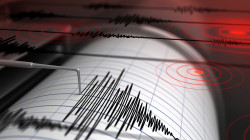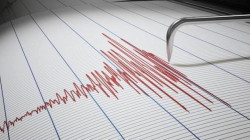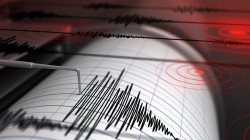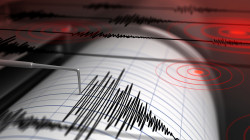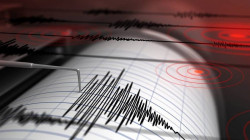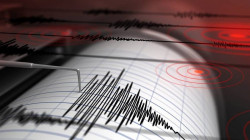What were the world's deadliest earthquakes?
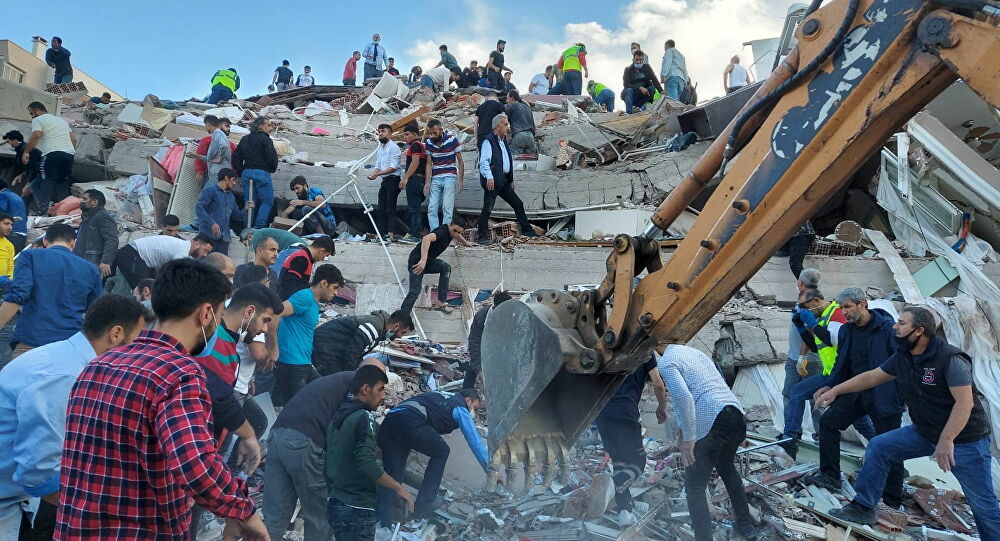
Shafaq News / Over the years, disasters have altered the Earth's topography, and earthquakes have destroyed physical and human infrastructure and claimed the lives of millions of people.
The biggest earthquake recorded in human history is the Chile 9.5 magnitude earthquake, roughly 3,800 years ago. It caused 20-meter-high tsunamis that traveled 8,000 kilometers to New Zealand and flung boulders the size of vehicles hundreds of kilometers inland.
In addition to finding evidence of the massive earthquake in marine and coastal elements such as coastal sediments, including rocks, gravel, and sand in coastal areas, as well as marine rocks, shells, and marine life, which were displaced by the earthquake to distant areas in the Atacama Desert in Chile, scientists also confirmed that the earthquake caused a crack that extended for about a thousand kilometers.
According to the U.S. Geological Survey classification, the earthquake that occurred in Aleppo a few days ago was not the first. An even bigger one of 8.5 magnitudes took place in 1138 and was ranked as the fourth most destructive earthquake in history. It happened close to Aleppo in northern Syria, and killed over 230 thousand people.
Moreover, the Valparaiso earthquake in 1730 had a magnitude of 9.1 to 9.3 on the Richter scale and caused a tsunami that devastated large swathes of Chile's coastline, estimated at 1,000 kilometers.
The Great Kanto earthquake, which struck the Japanese province of Kanto in 1932 and had a magnitude of 8.4 Richter, claimed the lives of 142,000 people. It was followed by a tsunami with an estimated height of about 12 meters, and Tokyo, nearly completely submerged, sustained the most damage.
Chile once more had its share in the natural disaster. The greatest recorded earthquake of the 20th century occurred on May 22, 1960, off the coast of southern Chile. The M 9.5 earthquake triggered a tsunami that caused significant damage in the remote coastal regions of the Pacific Ocean.
On Sunday, May 12, 1960, the Valdivia earthquake struck, resulting in 3,000 fatalities and material losses of more than $1 billion. Southern Chile, the Hawaiian Islands, the Philippines, Japan, eastern New Zealand, southeast Australia, and the Aleutian Islands in Alaska all experienced tsunami damage due to it.
A tsunami that killed about 139 people was brought on by the 9.2-magnitude Alaska earthquake that rocked central and southern Alaska in 1964. Hawaii and Japan were directly impacted, although reports indicate that it was felt throughout the world.
In Iran, the Gilan and Zanjan provinces were extensively affected by the 7.4 magnitude earthquake that struck in 1990, which also caused the displacement of around 400,000 people.
In 2004, the Indian Ocean tsunami was caused by a M 9.3 earthquake. Including the missing, there were roughly 280 thousand fatalities. With 220,000 fatalities and 1.7 million people displaced across Southeast Asian nations, Indonesia was the country hardest hit.
One of the nations that are always prone to earthquakes is Japan, which was hit by the M 8.9 Tōhoku tsunami on its eastern shores in 2011, causing a tsunami that nearly killed 16,000 people, in addition to the 2523 people that are still missing. It was considered the deadliest in Japan's recorded history.
Among the most destructive earthquakes recorded throughout history are:
- 856: Daghman in northern Iran, killed 200,000 people
- 893: Ardabil in northern Iran, killed 150,000 people
- 1556: Shanxi in China, killed 830,000 people
- 1920: Gansu in China, killed 200,000 people
- 1976: Tangshan, China, killed 225,000 people
- 2010: Haiti, killed 230,000 people
